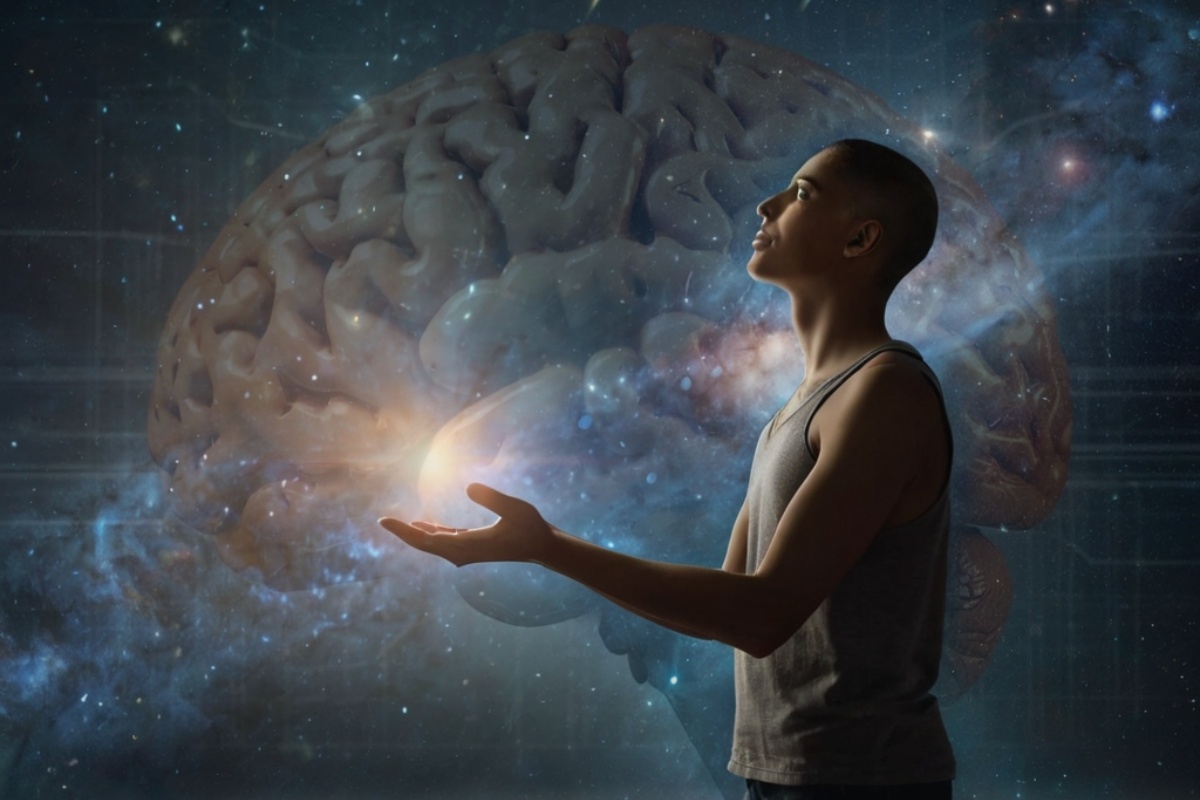Galactday: 54228.6
The human brain, with its intricate network of billions of neurons, remains one of the most remarkable and enigmatic structures in the natural world. Its exceptional size, relative to body mass, sets humans apart from other species. Scientists have long been fascinated by the evolutionary forces that shaped the human brain into its current form and have proposed various theories to explain its extraordinary size and complexity.
At approximately 1.4 kilograms in weight, the human brain is disproportionately large compared to the brains of other primates. This phenomenon, known as encephalization, is a hallmark of human evolution. One prevailing theory suggests that the expansion of the human brain was driven by the demands of social complexity and cognitive challenges. As humans evolved to live in larger and more intricate social groups, they required enhanced cognitive abilities to navigate complex social dynamics, communicate effectively, and cooperate with others. This selective pressure favored individuals with larger and more advanced brains, leading to the gradual expansion of the human cranium over millions of years.
Furthermore, the development of complex tool use and language likely played crucial roles in driving the expansion of the human brain. The ability to fashion tools and communicate abstract concepts required sophisticated cognitive abilities and likely contributed to the growth of brain size over time. As humans adapted to diverse environments and faced new ecological challenges, our brains continued to evolve, becoming increasingly adept at processing information and solving problems.
However, alongside the remarkable capabilities of the human brain, there persists the intriguing notion that humans may have lost certain mental abilities over the course of evolution. This idea, often referred to as “devolution” or “the domestication syndrome,” posits that as humans transitioned from hunter-gatherer societies to agricultural and, later, industrial civilizations, we may have experienced a decline in certain cognitive functions.
Some proponents of this theory point to evidence suggesting that modern humans may possess reduced sensory acuity compared to our ancient ancestors. For example, studies have shown that hunter-gatherer populations exhibit superior visual acuity and spatial awareness compared to individuals from industrialized societies. This difference has been attributed to the reliance on technology and the sedentary lifestyles prevalent in modern society, which may have led to a decrease in the need for acute sensory perception.
Additionally, the rise of technology and modern conveniences may have altered the way humans engage with our environment, potentially diminishing certain cognitive skills. With the advent of smartphones, search engines, and other digital tools, humans have outsourced many cognitive tasks to external devices, potentially leading to a decline in memory retention and problem-solving abilities.
Some researchers speculate that the shift towards sedentary lifestyles and the availability of processed foods may have had adverse effects on brain health and cognitive function. Poor dietary choices and lack of physical activity have been linked to conditions such as obesity and diabetes, which are known risk factors for cognitive decline and neurodegenerative diseases.
The human brain’s remarkable size and complexity are the result of millions of years of evolutionary adaptation to social, cognitive, and environmental challenges. While the expansion of the human brain has endowed us with extraordinary cognitive abilities, there remains the intriguing possibility that certain mental faculties may have been lost or diminished over time. As we continue to unravel the mysteries of the human brain, it is essential to consider both its extraordinary capabilities and the potential consequences of our modern lifestyles on cognitive health and function.
Image by AWF




